THE PROJECT:
The objective of this project was to create a map using the concepts of pictorial, spatial and semantic contrasts in order to create readability in the levels and to serve a theme, a main intention.
The map should not host gameplay, it is a stand-alone experience, a walking simulator.
The player must be guided through the different levels by the application of different types of contrasts and see an evolution in their treatment.
In order to support the intentions and project themselves more easily on a finalized version of the blockout. Each part of the map must be accompanied by references.
PROJECT DETAILS:
- Walking sim experience.
- Created with Unreal Engine 4.
- Realized in one month at half-time.
- Solo school project.
WHAT I'VE DONE:
- Design a narrative short experience.
- Define a theme and how to traduce it visually through different types of contrasts.
- Find references in accordance with my intentions.
- Design the map (Paper LD, Blockout)
THE MAIN IDEA:
The action takes place in the abyss, in an underwater research station studying the still unknown ecosystem of the depths.
This is a fictional space aimed at creating a studying environment that could exist in our reality. The goal is to get the player to experience fear of the depths (Thalassophobia) in an environment that seems credible in its reality.
The environment will offer a mix of contemporary and futuristic decors to reinforce the idea that this station could exist in the near future. A large part of the decorations is worked to reproduce a familiar and reassuring frame, recalling environments similar to cities and terrestrial dwellings.
The player plays one of the members of the study team of the abyssal underwater fauna.
The main intention will be to disturb the player by removing him suddenly from the only comfort that this station presents to immerse it in an environment dangerous and oppressive that he will have trouble to understand.
THE DESIGN:
1. Discovering a familiar and comforting environment.
The overall experience is divided into two main parts.
The first is the discovery of the idyllic environment in which the character embodied by the player lives.
He wakes up in his room where the tones of lights are warm and the atmosphere is cozy, the decoration is personalized and makes the space more informal. He then goes through the living room of his living wing before discovering the center of the living sphere.
Evolution plays on the opening of spaces that are increasingly
larger ones, with a sphere-shaped architecture that suggests the idea of a comfort bubble. There are many vegetations and a treatment of the environment recalling the terrestrial (presence of a metro for example), tending to make forget the real environment present outside this station. Light also plays an important role in the illusion of a natural setting, it is getting closer and closer
light emitted by the sun as the player approaches the center of the residential sphere. Finally, in preparation for the sequel, he goes to the subway platform where the brightness gradually reduces as well as warm shades that leave room for more neutral tones (white neon).
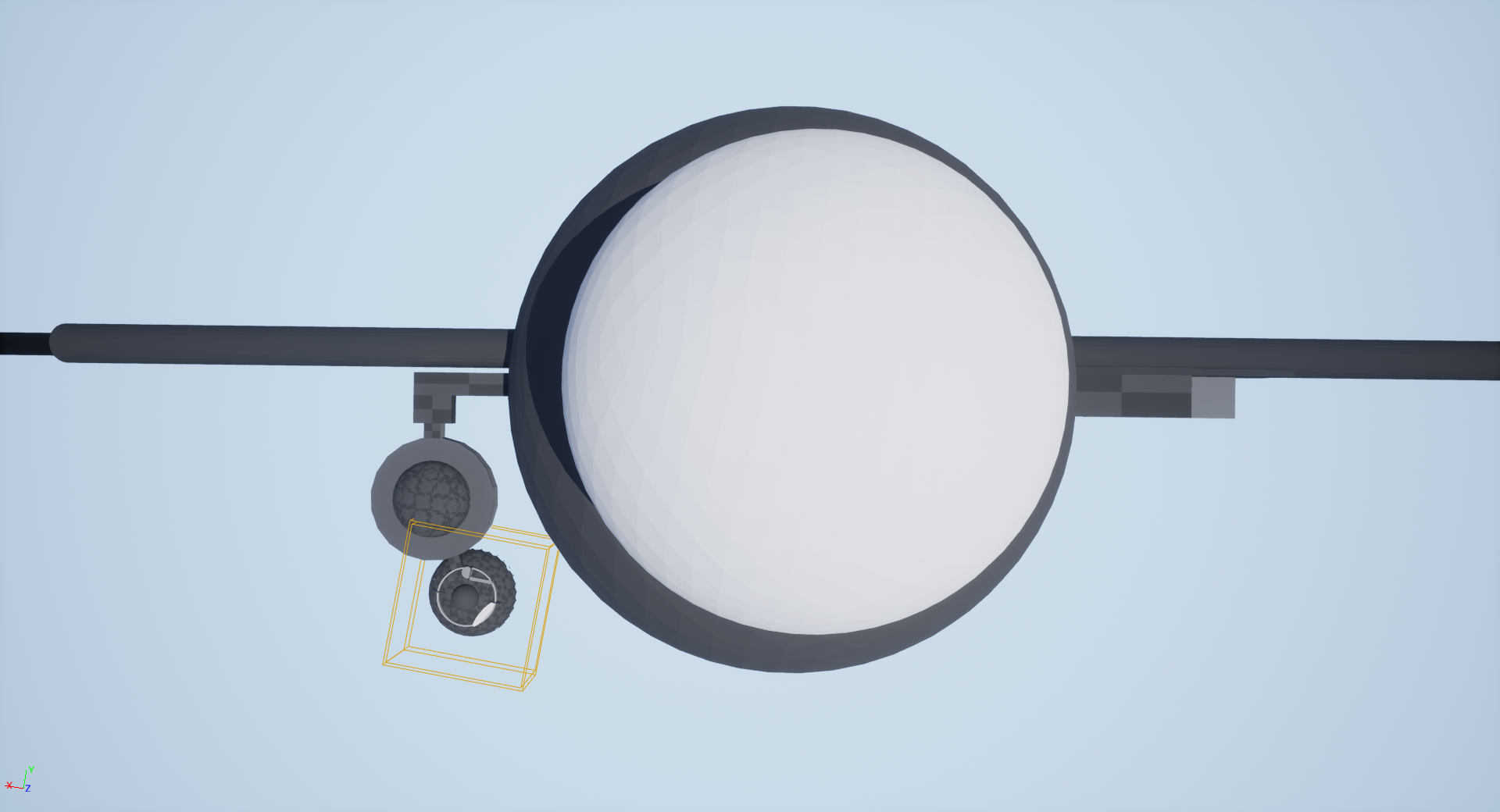





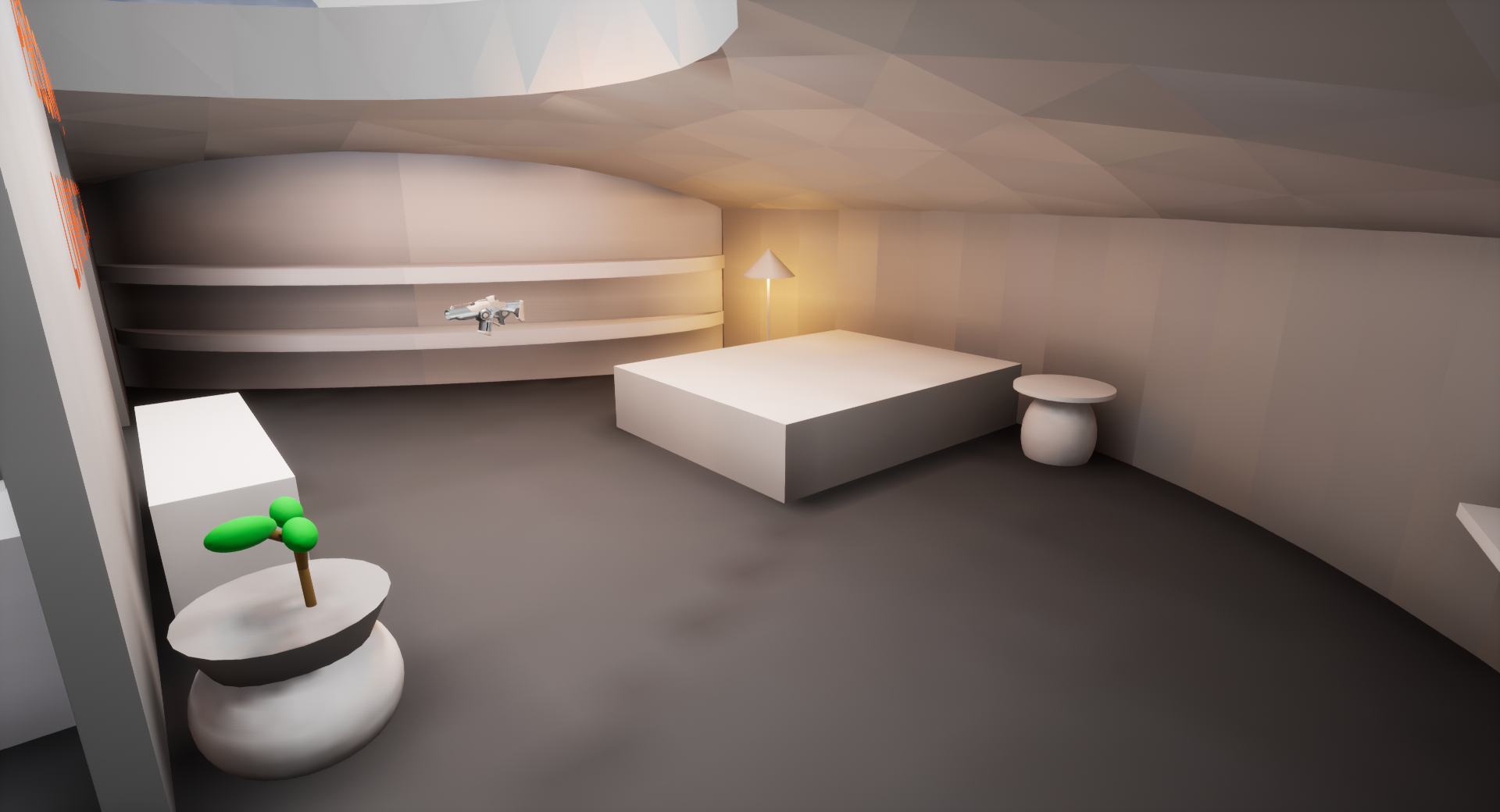


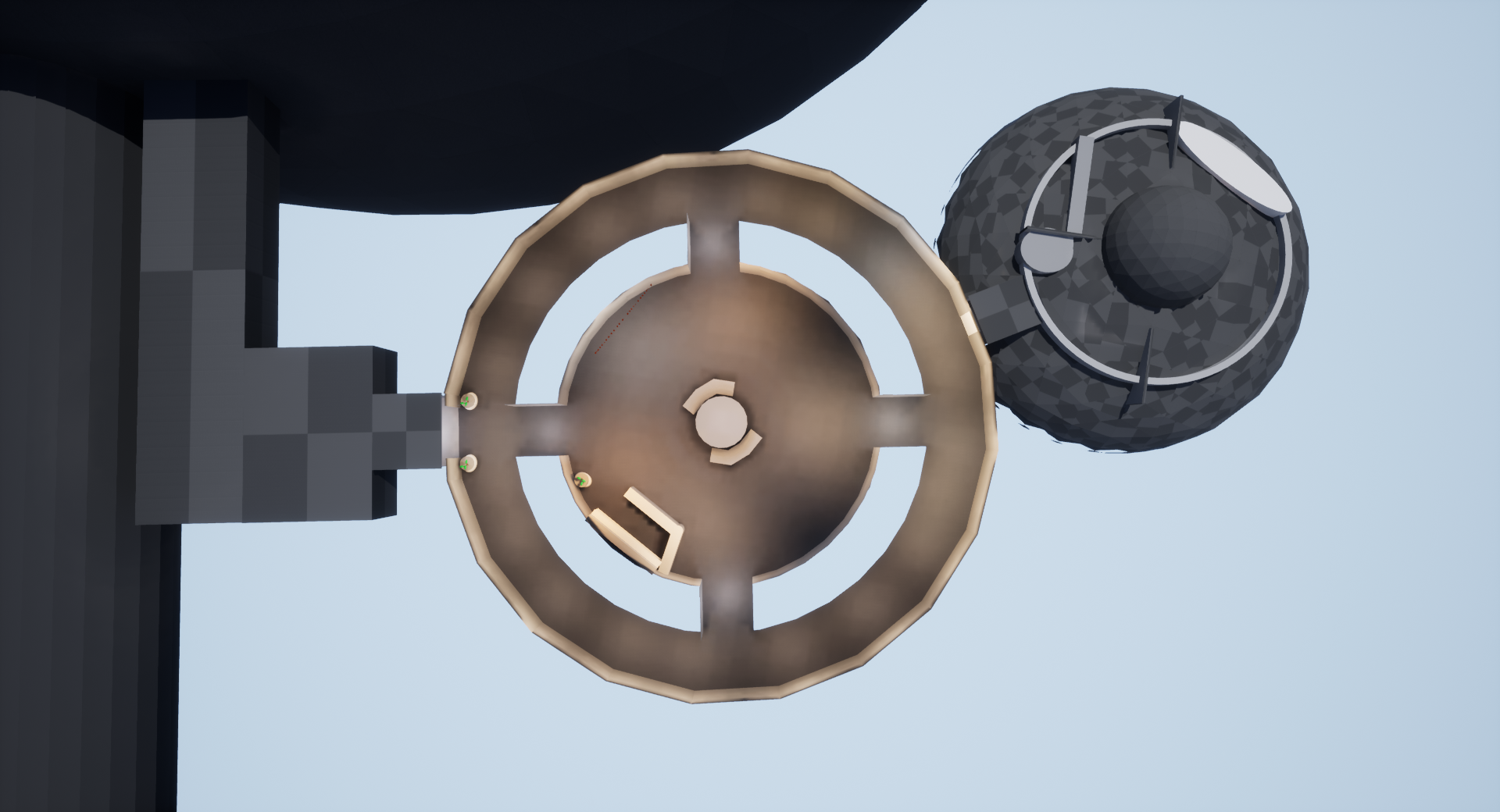
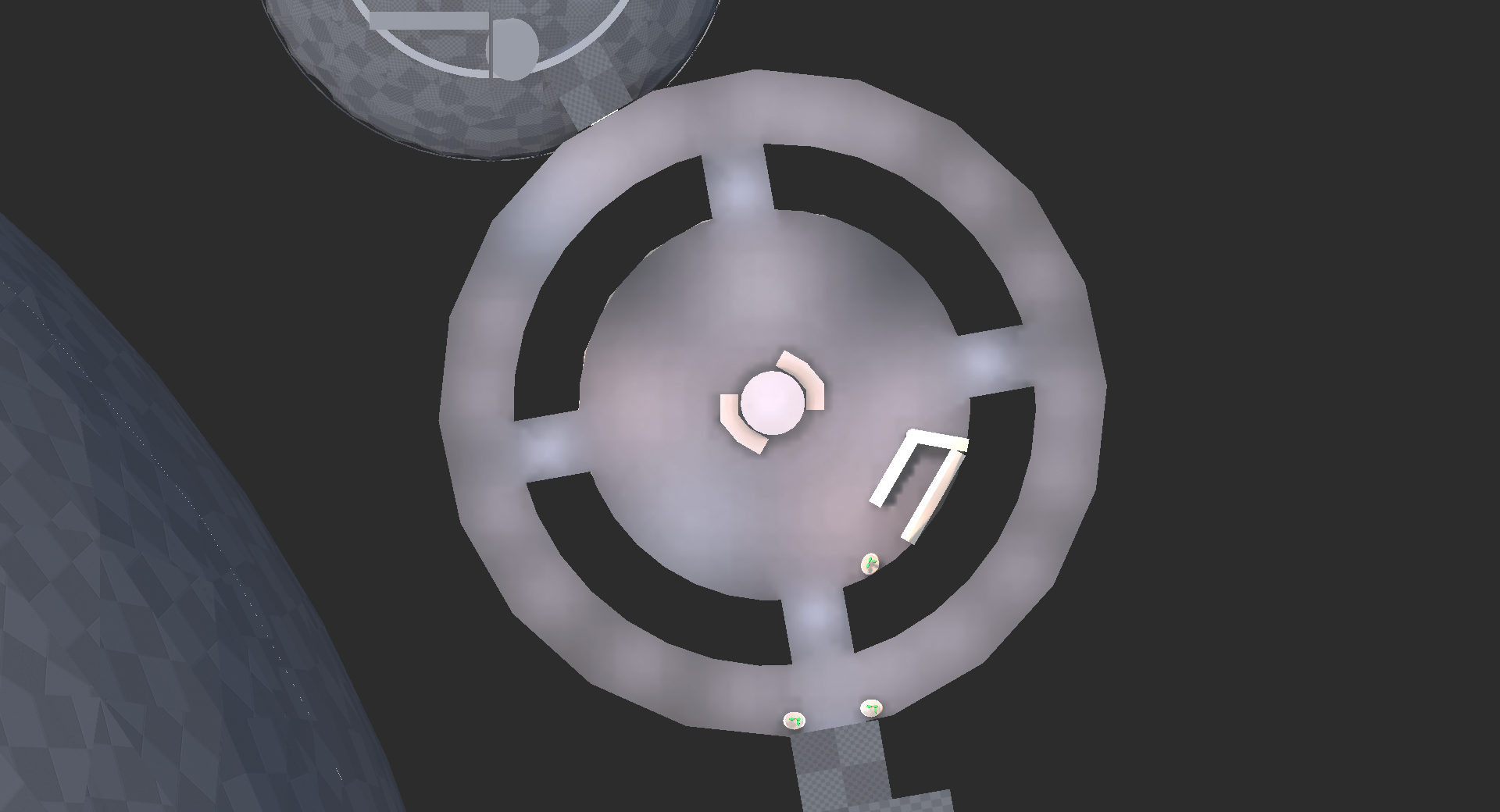
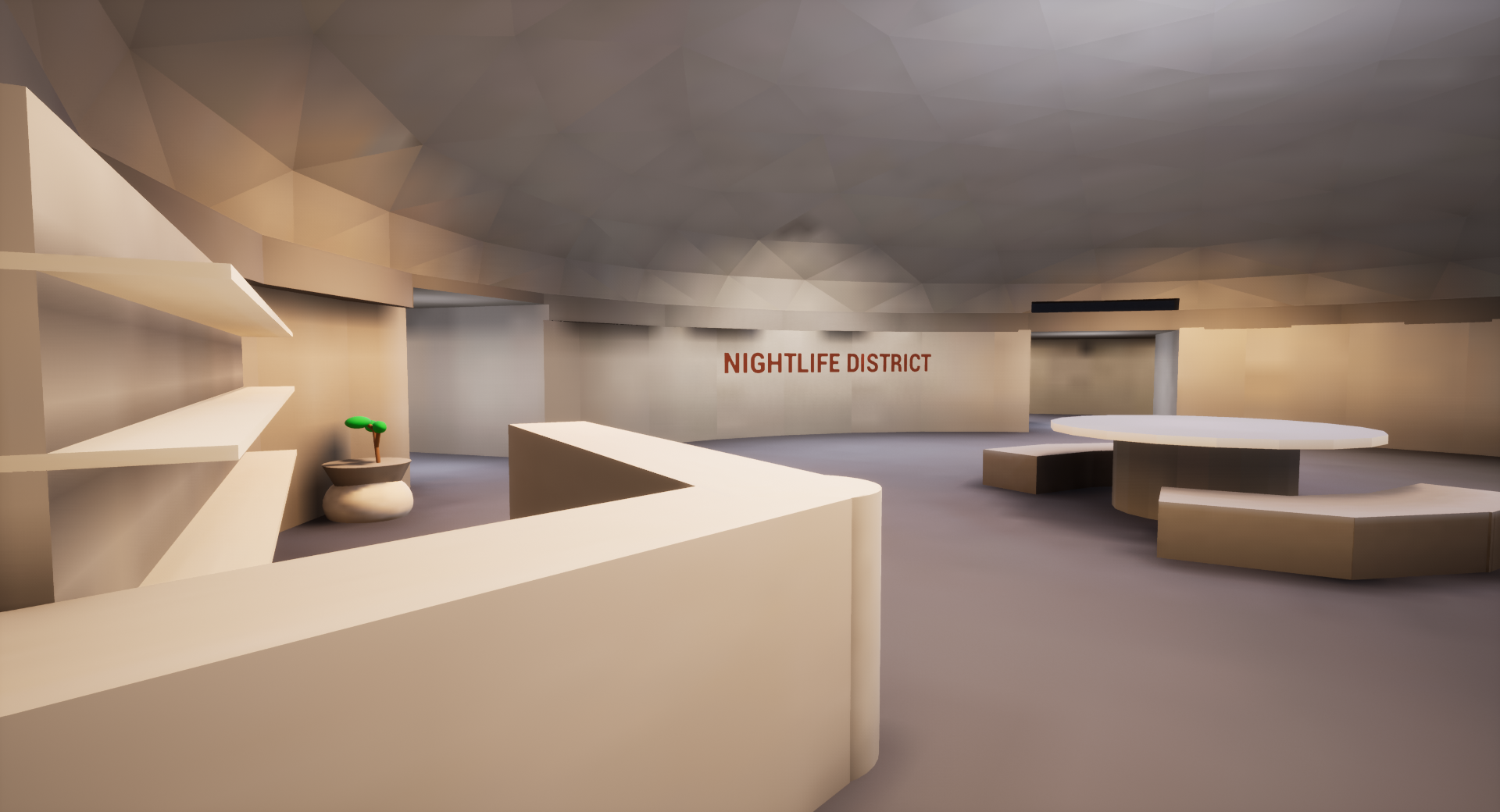



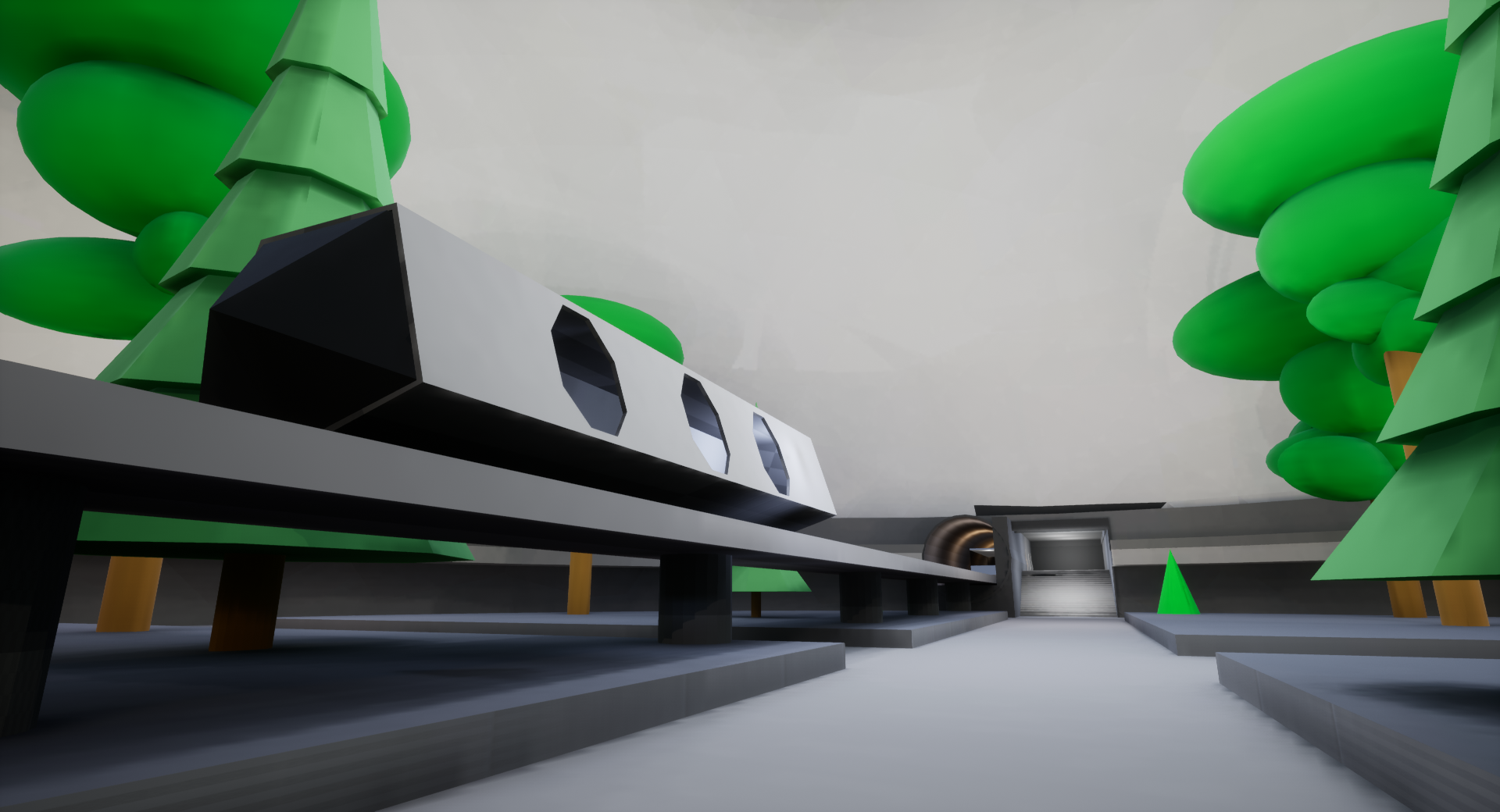
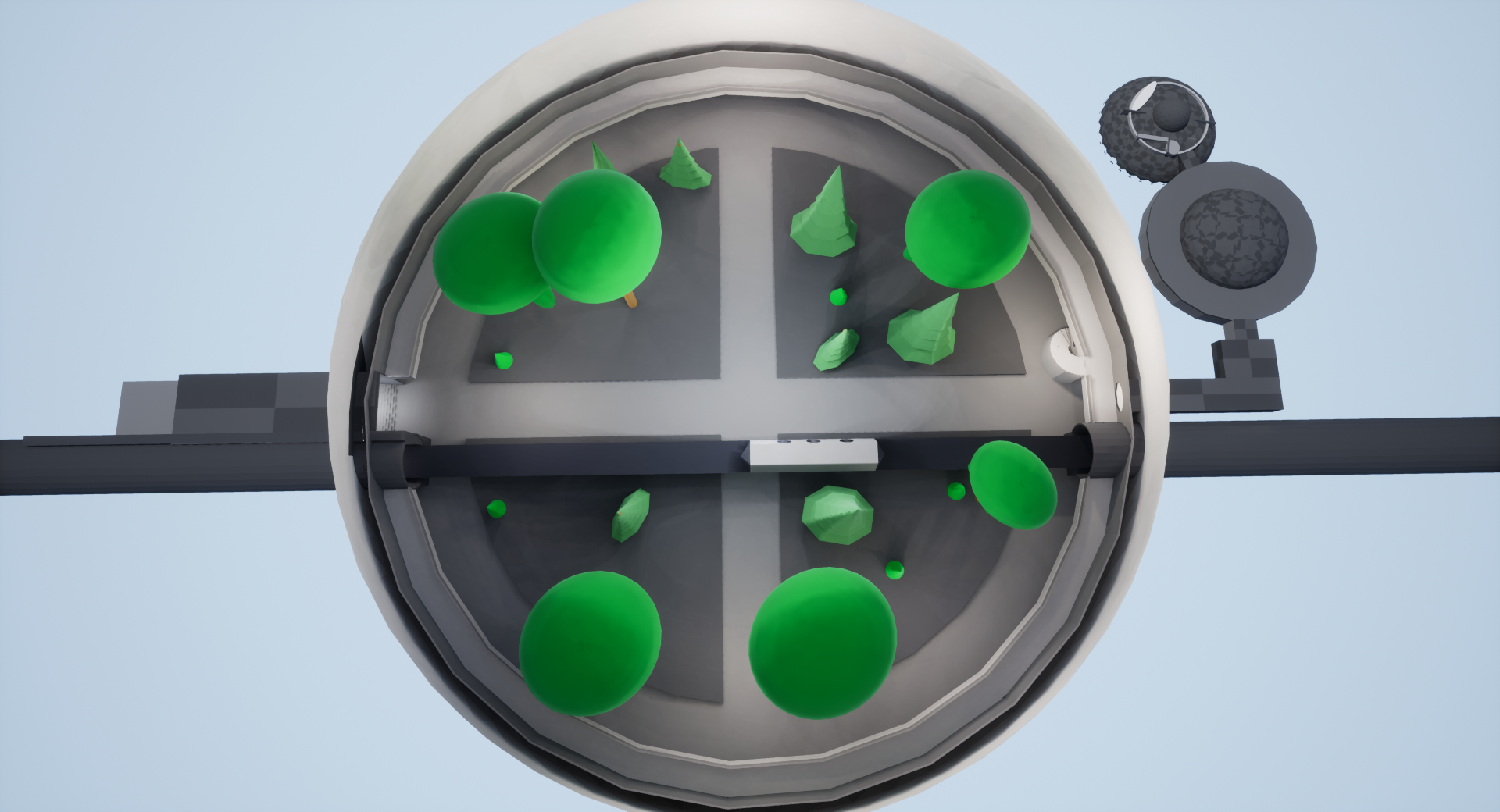
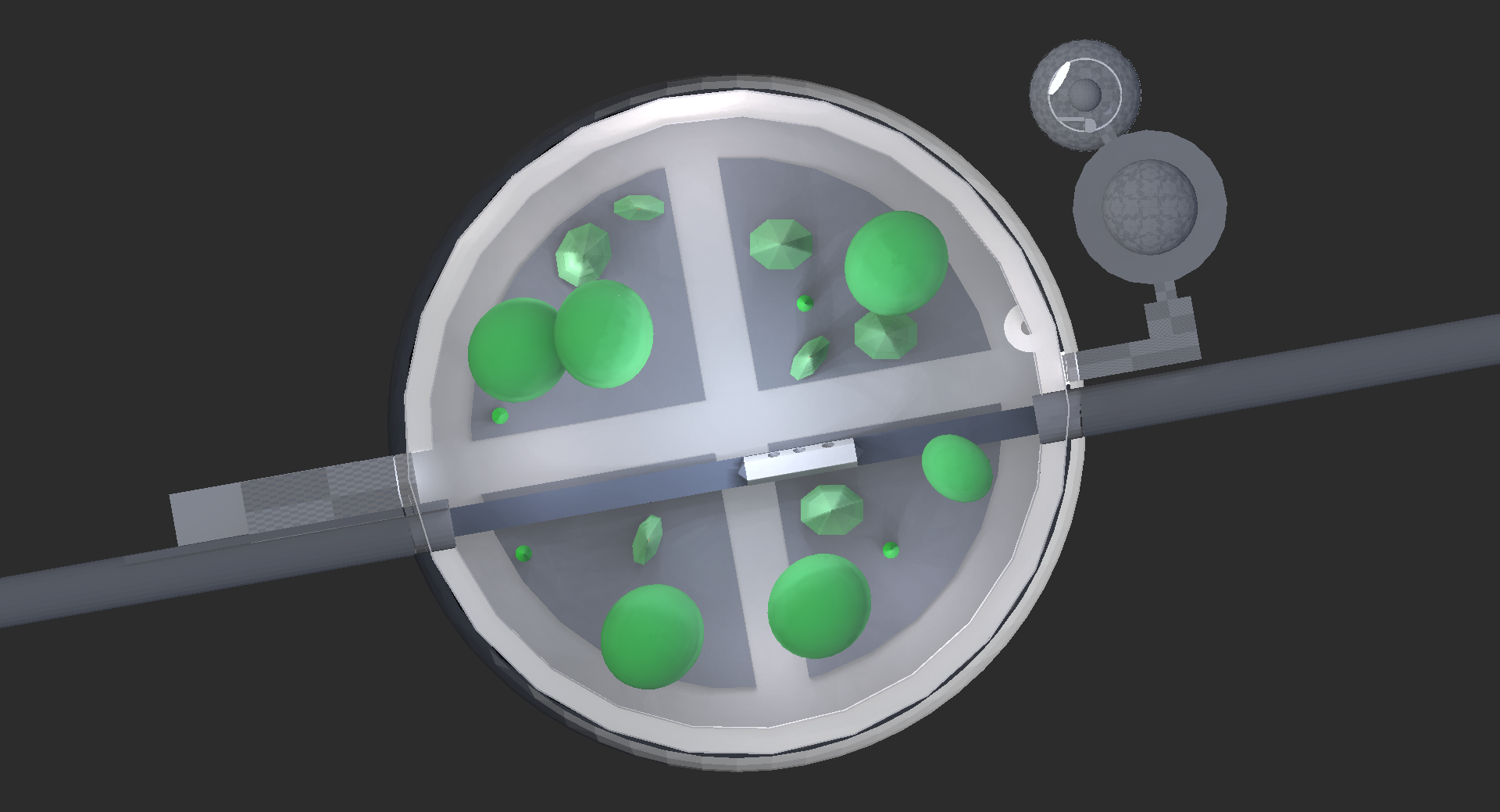
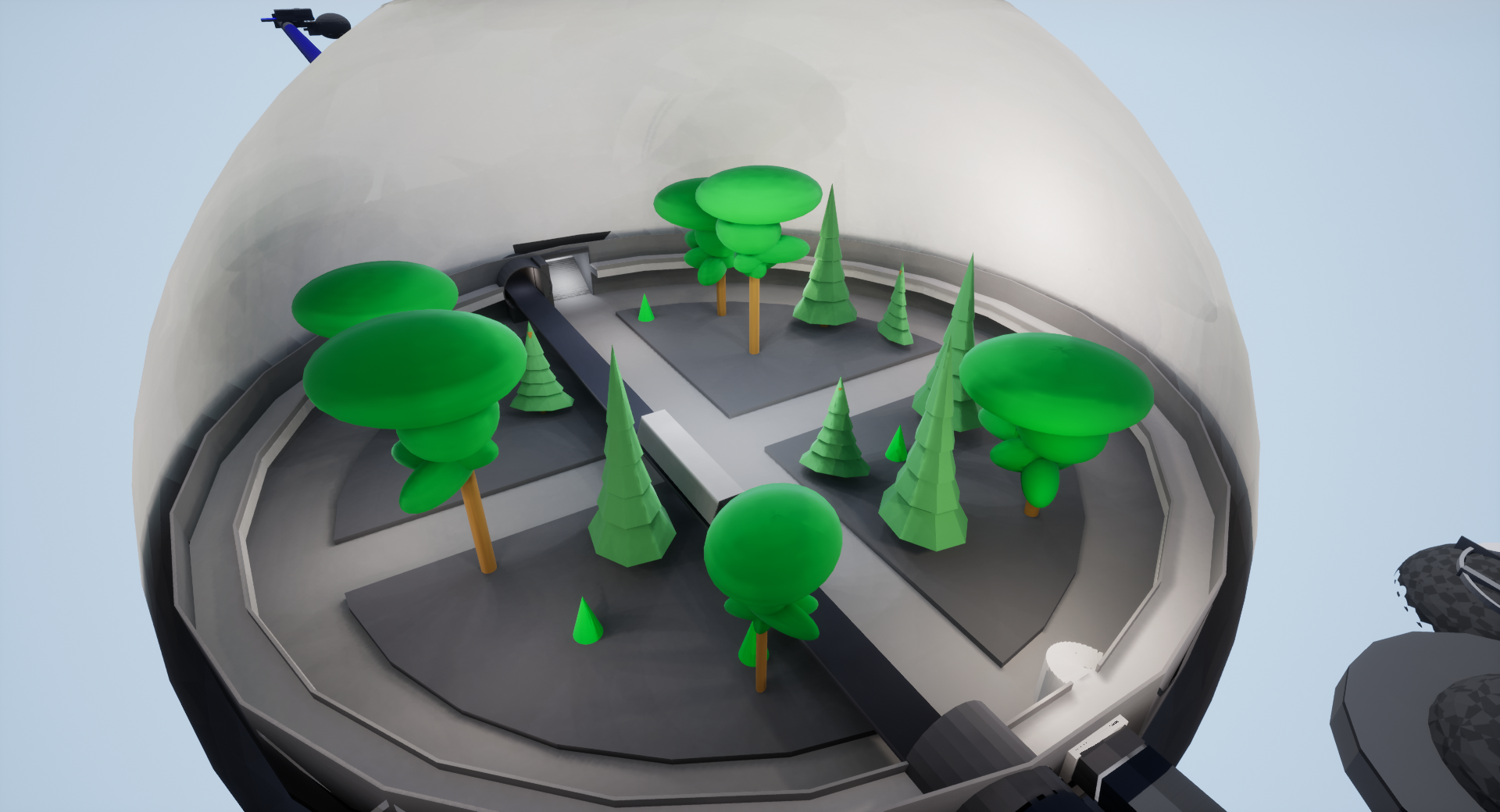


2. A dangerous environment.
In this part of the experience, the player makes a transit between the residential sphere and the laboratory of research and analysis to the observatory. The transit serves as a transition zone and allows for the first time in the experience to prepare the rupture of the
comfort and safety, felt in the housing sphere. To begin with, the player enters the metro, which will travel in a tube whose surfaces are glass windows, allowing him to observe the darkness and emptiness of the abyss. Behind him moves further and further away
the sphere of habitation from which still emanates some beams of light. In the distance ahead of him, the large rectangular laboratory structure that also emits light. A prisoner of the metro, he has no choice but to suffer the insecurity and the danger that gradually increases. When he approaches the dock of the laboratory, the insecurity falls back and we find again a threshold of neutrality.
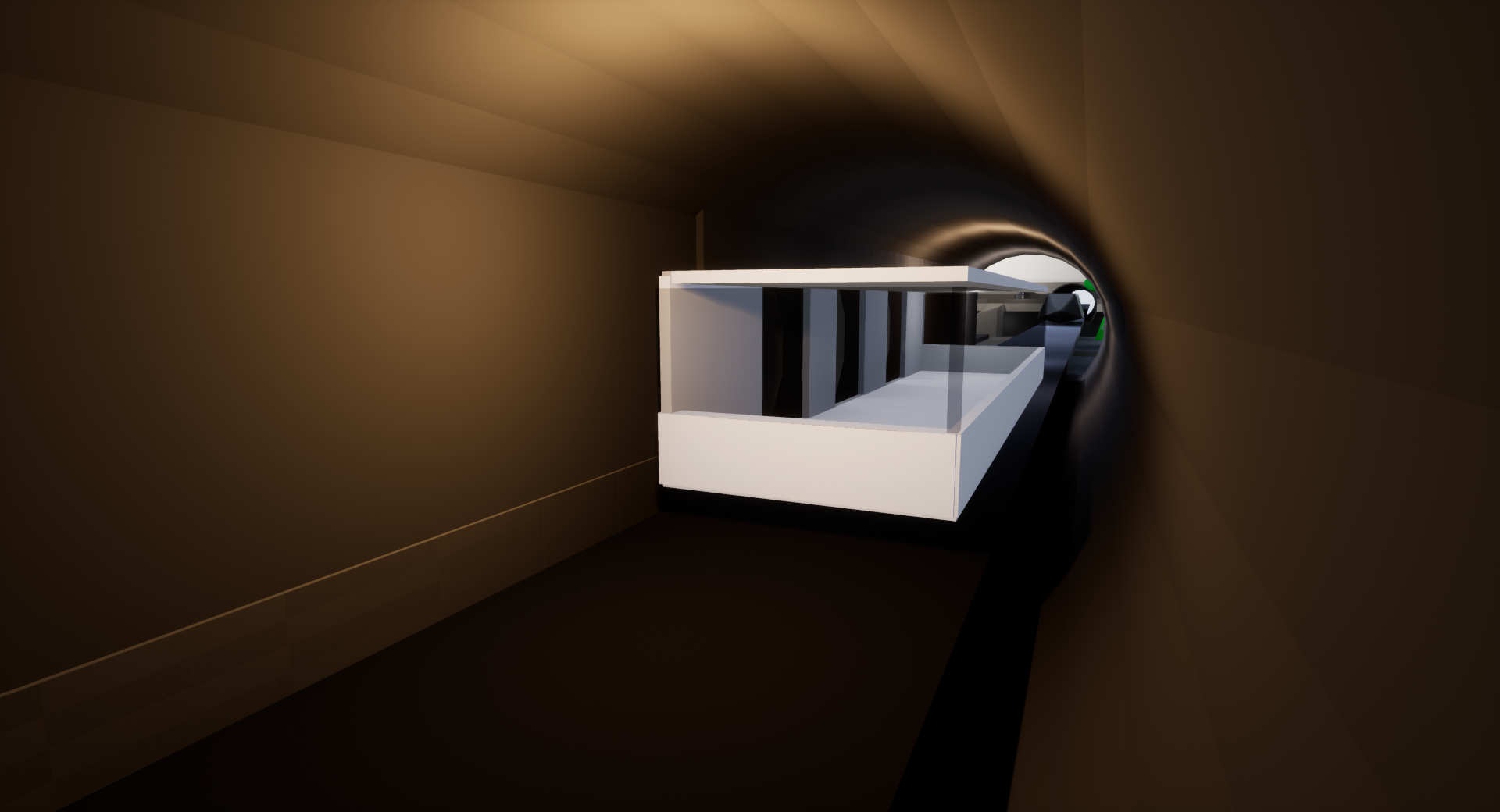

3. A brutal return to reality.
After being quickly confronted with the reality of the external environment, the player finds an environment in which he feels safe again. He progresses to the observatory where he finds a large spherical space with shades of warmer lights, a very bright environment reminiscent of the center of the sphere of habitation.
A huge silhouette comes to cover the entire window of the observatory and collides with it, causing a fault in the window that lets water in. The lights go out and plunge the player again into the climate of insecurity he has previously experienced, but without the security that represented the walls of the station.
Red lights announce the imminent evacuation of the station, thus reinforcing the danger and fully taking the player out of comfort. The only other light source is the dark, infinite blue of the abyss.
The player reaches the elevator leading to the hangar floor. In this small cabin there is a strong source of warm light which then takes the role of an oppressive lifeline. It creates a part-time rest period in view of the situation. When the doors open, he ends up at the other end of the hall that leads to the hangar. On the sides, large windows, corpses float in the adjacent submerged rooms. The corridor begins to fill with water.
The door leading to the hangar is locked but the player can see the light still present inside through the window. To reach it, it is forced to go through the completely dark and very narrow ducts that constitute the last obstacle before arriving at the hangar, a large room lit with many warm lights.




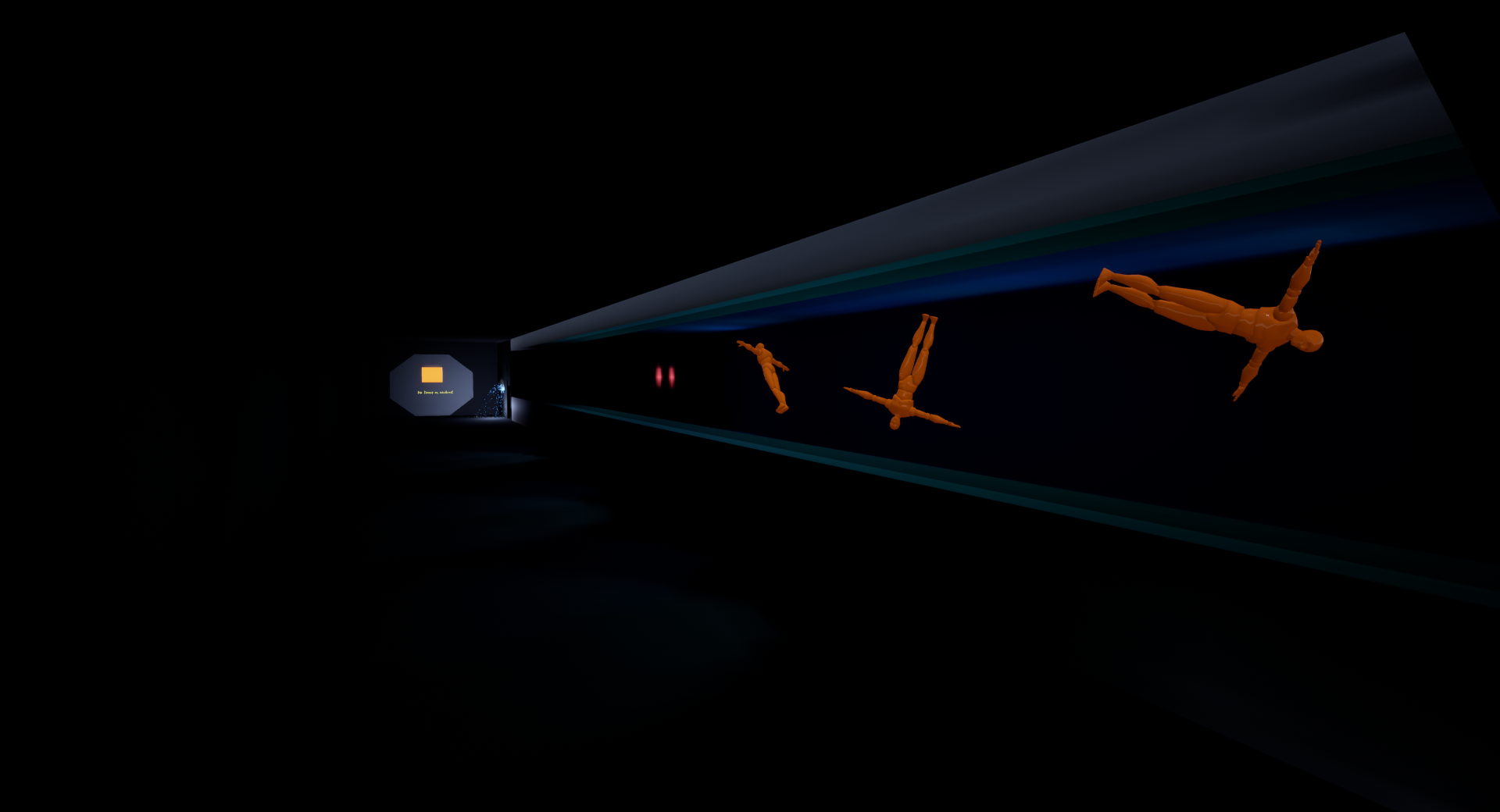

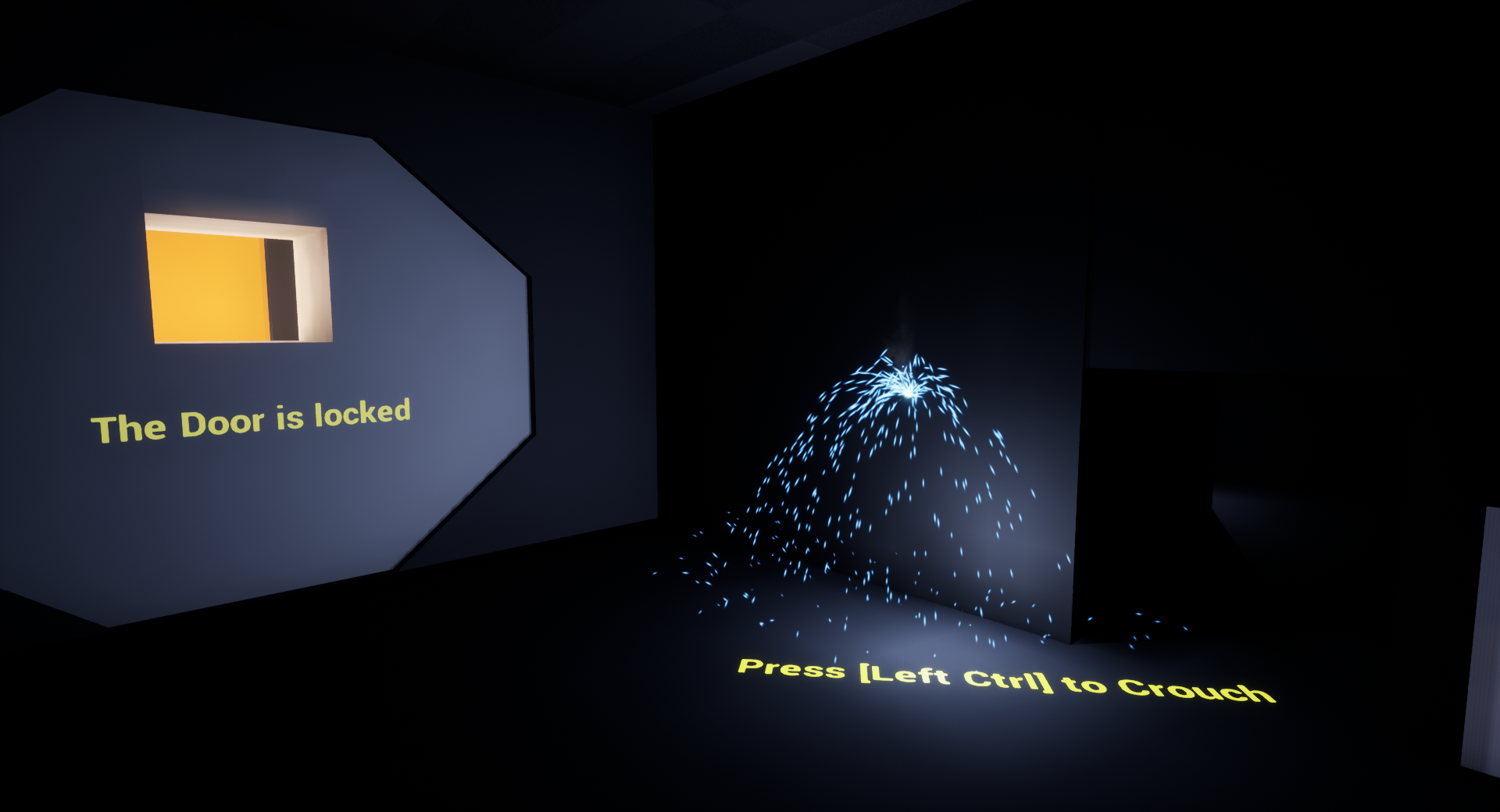

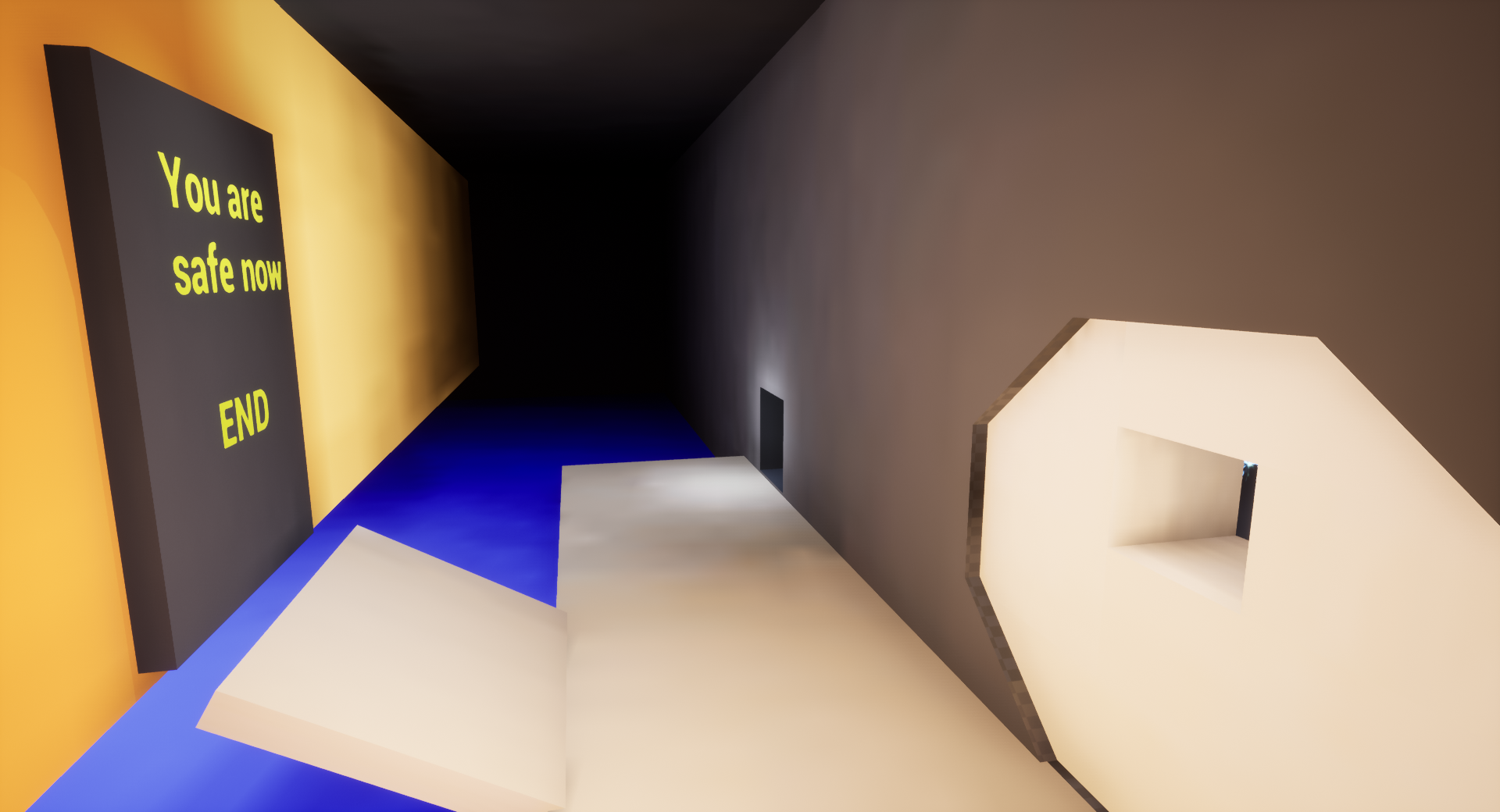
VISUAL REFERENCES: